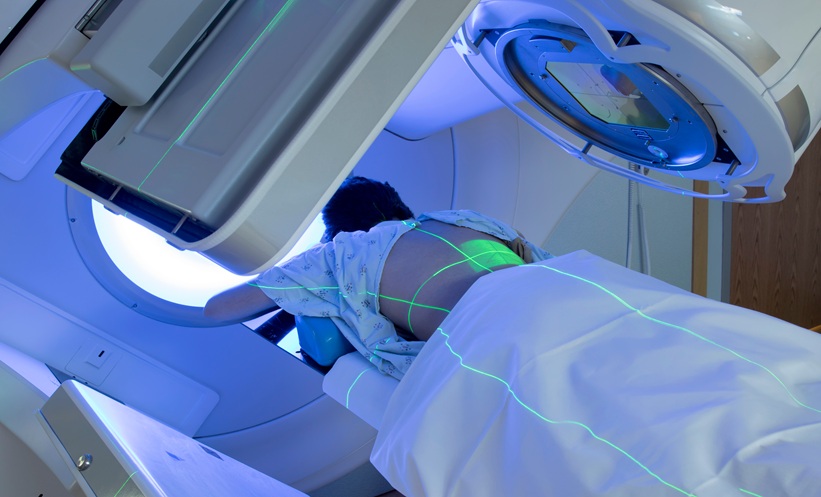A RECENT retrospective study has evaluated the safety and outcomes of re-irradiation (re-RT) for local relapse in patients with prostate cancer who had previously received definitive or postoperative radiotherapy.
The study involved 36 patients who underwent re-RT at doses of 25–30 Gy delivered in five fractions. The aim was to assess both toxicity and survival outcomes, focusing on Biochemical Relapse-Free Survival (BRFS) and Distant Metastases-Free Survival (DMFS).
Of the participants, 26 had previously received definitive RT and 10 had undergone postoperative RT. At the time of re-treatment, the median PSA level was 2.57 ng/mL. Imaging techniques such as PSMA-PET and MRI were used to detect local relapse. Most patients (61%) received re-RT to the whole prostate or prostate bed, while 39% were treated specifically for macroscopic relapse.
The results were encouraging in terms of safety. No patients experienced late toxicities greater than grade 2. Gastrointestinal side effects were minimal, with only one patient reporting grade 2 toxicity. Genitourinary effects were slightly more common, with eight patients affected, though the majority were mild (grade 1).
In terms of outcomes, median BRFS was 19 months, with 1- and 2-year BRFS rates of 63.5% and 37.0%, respectively. PSA levels at the time of re-RT were found to be predictive of BRFS. The 1- and 2-year DMFS rates were 88.0% and 72.4%, respectively. Patients treated on the entire prostate or surgical bed had better DMFS compared to those treated only on the relapse site. Multivariate analysis confirmed that treating only the macroscopic relapse was a significant negative factor for DMFS.
In conclusion, re-RT appears to be a safe and effective option for patients with local prostate cancer relapse following prior radiotherapy, with promising biochemical control and manageable toxicity profiles.
Reference
Franzese C et al. Stereotactic body radiation therapy for the re-irradiation of local relapse from prostate cancer: results in terms of outcomes and toxicity. Q J Nucl Med Mol Imaging. 2025;DOI:10.23736/S1824-4785.25.03565-4.







